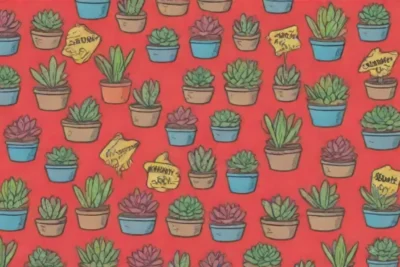
How to Handle Succulents Safely: A Toxicity Overview
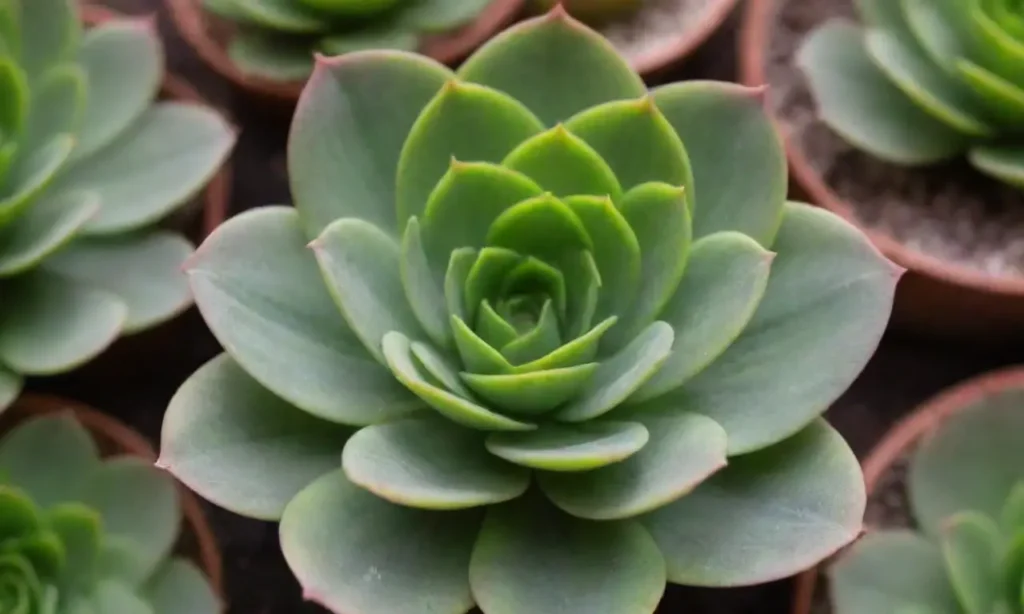
Introduction
Succulents have surged in popularity as decorative houseplants, captivating the hearts of plant enthusiasts with their unique shapes, vibrant colors, and low maintenance needs. These enchanting plants come in various forms, from the plump and round Echeveria to the strikingly sharp Agave, providing an endless array of aesthetic possibilities for indoor and outdoor gardens. However, the salience of their allure should be complemented by an awareness of toxicity—a noteworthy consideration for those sharing their homes with pets and children.
In this article, we will delve into the essential aspects of succulent toxicity, examining the plants commonly categorized as toxic and the safety measures to take in handling and caring for these remarkable species. This comprehensive overview will help you enjoy nurturing your succulents while ensuring a safe environment for everyone in your home.
Understanding Succulent Toxicity
The Nature of Plant Toxicity
When discussing the toxicity of plants, it is vital to understand that toxicity can manifest in several forms. Some plants contain compounds that are harmful when ingested, while others may cause skin irritation upon contact. In the case of succulents, many species produce toxins that serve as a defense mechanism against herbivores, which can unfortunately also pose risks to pets and children who may put plants in their mouths.
Understanding the nature of these toxins is crucial for responsible plant ownership. For instance, certain succulents like the Aloe vera are famous for their medicinal properties; however, the sap contains compounds that can be harmful to pets if consumed in large quantities. Similarly, while most Crassulas are non-toxic and safe to keep, some varieties, such as the Crassula ovata (commonly known as Jade Plant), can be toxic to cats and dogs when ingested.
Common Toxic Succulents
It's essential to familiarize yourself with succulents that are considered toxic to ensure the safety of your loved ones. Among the most notable toxic succulents are:
Aloe Vera: While it has numerous benefits for humans, its consumption can lead to symptoms such as vomiting and diarrhea in pets.
Agave: Known for their dramatic foliage, they can cause gastrointestinal issues and irritation if consumed.
Kalanchoe: This beautiful flowering succulent can cause vomiting and heart issues in pets upon ingestion.
Euphorbia: This diverse group consists of many varieties that can irritate the skin and mucous membranes. For example, the Euphorbia tirucalli, or Pencil Cactus, contains a milky latex sap that can be toxic if ingested.
Recognizing these common culprits allows you to take proactive steps in safeguarding your environment, ensuring a thriving habitat for both your plants and loved ones.
Non-Toxic Alternatives
On the bright side, there are numerous non-toxic succulents that can be enjoyed without worry. For those with pets, selecting these safer options is preferable. Some non-toxic succulents include:
Haworthia: These small and attractive plants make for an ideal pet-friendly option and are characterized by their rosette shape.
Sempervivum: Also known as the "hens-and-chicks," this hardy succulent is both visually appealing and completely safe for pets.
Christmas Cactus (Schlumbergera): Aside from being non-toxic, this plant provides enchanting blooms during the holiday season.
By choosing non-toxic succulent varieties, you can cultivate a charming indoor oasis without the fear of toxic repercussions, allowing you to enjoy your plant hobby fully.
Safe Handling and Care Tips
Proper Plant Placement
One of the most effective ways to ensure the safety of your home environment is through strategic placement of your succulents. Keeping toxic plants out of reach of children and pets is paramount. High shelves, hanging planters, or securely enclosed terrariums can mitigate the risk of unintended contact or ingestion. If you are considering placing succulents on tables or countertops, ensure they are situated in locations where children or pets cannot easily access them.
Furthermore, consider the most commonly frequented areas of your home when placing these plants. For example, your living room, where children may play, or a kitchen counter that pets might leap onto could be areas to approach with caution.
Safe Handling Practices
In addition to ensuring safe placement, being mindful of how you handle your succulents is crucial. When repotting or moving plants, consider wearing gloves to avoid any skin irritation, particularly when dealing with species that produce irritating sap like Euphorbia. Educating your children on proper handling can also be beneficial. Teach them to admire plants but not touch or try to consume them, thereby instilling a level of respect for living things.
If you need to prune or trim your succulents, using clean, sharp tools can also help to minimize potential for injury or irritation. Remember to place plant clippings in a secure container or bag, reducing exposure to inadvertent contact by kids or pets.
Engaging Kids in Plant Care
Instead of excluding children from the joy of caring for succulents, involve them in your gardening practices. Explain the differences between toxic and non-toxic plants, fostering an understanding of plant care while instilling recognition of responsible practices around potentially harmful species. Allow them to participate in watering, positioning, and general care, always under your guidance. As they learn about how to enjoy plants safely, they can develop a lasting appreciation for nature and its wonders.
Conclusion

Cultivating succulents can be a fulfilling and creatively enriching pastime, but to fully relish the beauty of these charming plants, you must prioritize safety—both for your household and your green companions. By being aware of the toxicity levels of different varieties, choosing safe alternatives, and practicing responsible care techniques, you can create a harmonious environment for all.
As the interest in houseplants continues to bloom, so too should our commitment to cultivating them responsibly. With the right knowledge at your disposal, you can enjoy a collection of succulents without compromising into toxic pitfalls. Remember to continuously educate yourself about new varieties and their respective risks, ensuring that your green thumb does not overshadow safety.
Embrace your love for succulents, and let that passion blossom in a safe and nurturing environment for everyone. Happy planting!
If you want to read more articles similar to How to Handle Succulents Safely: A Toxicity Overview, you can visit the Toxicity Levels category.

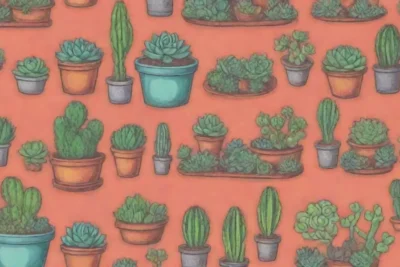
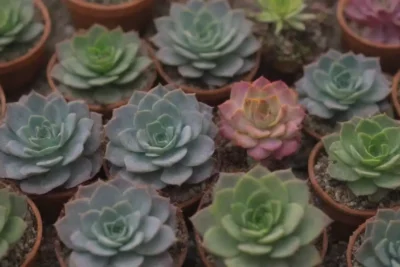
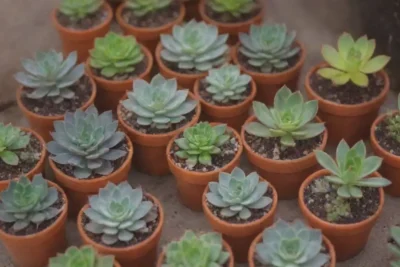
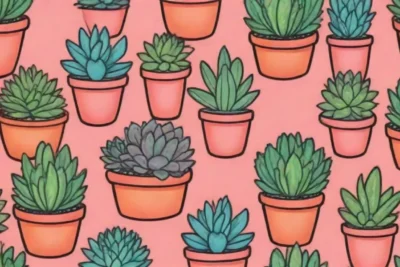
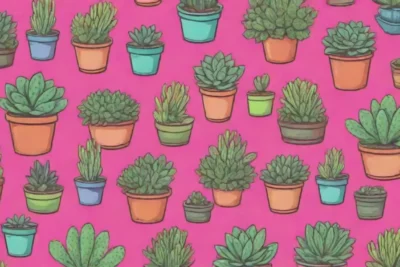
You Must Read